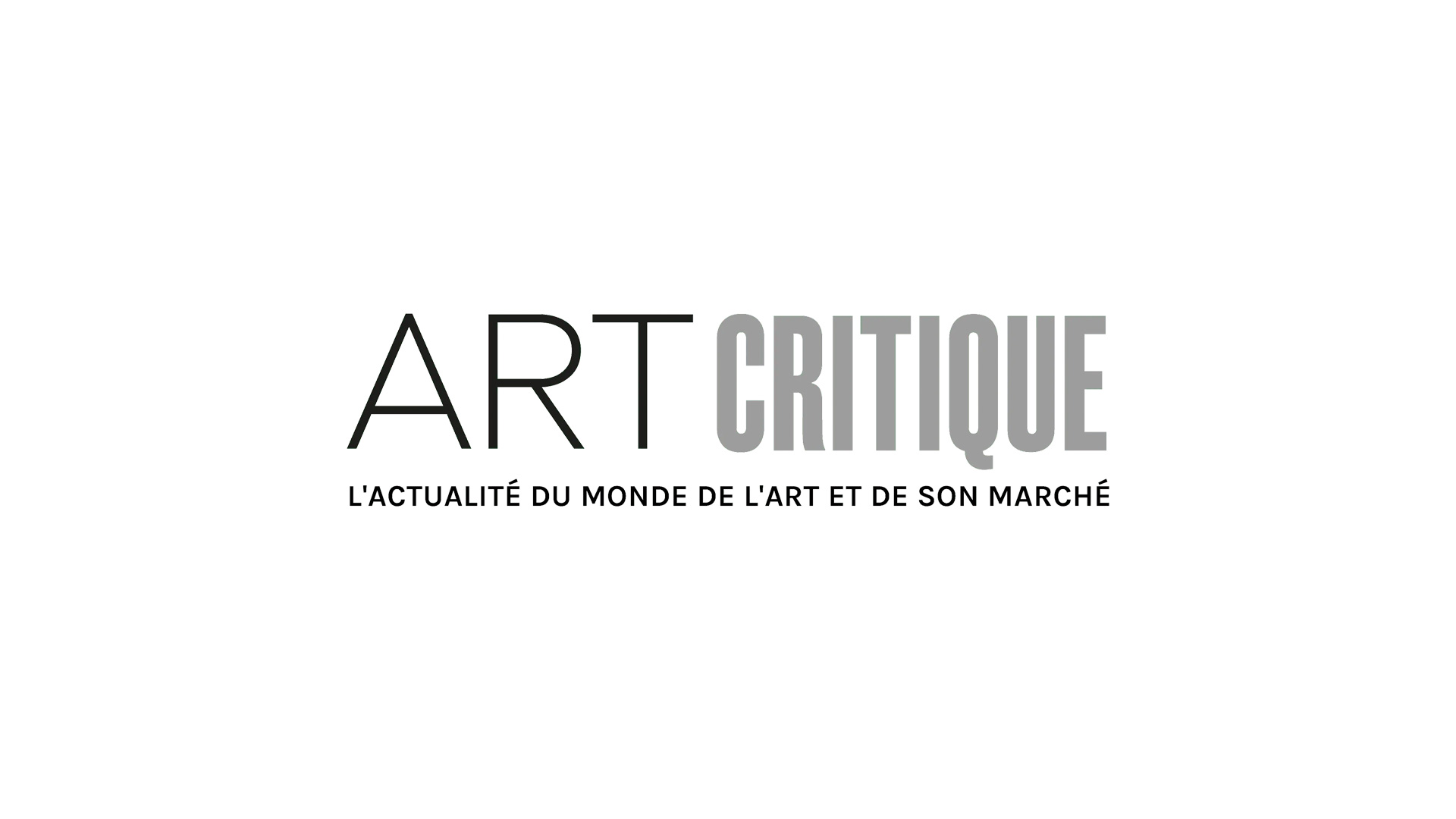Just days after the Aichi Triennale opened on August 1st in Nagoya, Japan, it was hit with issues of censorship, ironically concerning a small exhibition about censorship.
Within the 2019 edition of the Triennale, ‘After “Freedom of Expression?”’ was a mini-show that exhibited works dealing with the rough history of censored artworks in Japan. Among them was a work by Korean artists Kim Seo-kyung and Kim Eun-sung entitled Statue of a Girl of Peace (2011). The work shows a barefoot woman seated in a wooden chair – she is a depiction of a ‘comfort woman,’ or ianfu. The history of comfort women in Japan is tragic: thousands of women from Asia, and Korea in particular, were forced into sexual slavery during World War II. The practice wasn’t formally recognized by Japan until 2015.
Almost as quickly as ‘After “Freedom of Expression?”’ opened, it was forced to close in conjunction with local government. The overt censorship of an exhibition about the very topic quickly caused outrage, particularly among the artists involved in the Triennale. A number of artists, including Tania Bruguera and Pedro Reyes, told the Triennale to remove their art from view until the exhibition was restored. An open letter was issued, as well, calling for the exhibition to be reopened was signed by 85 of the nearly 100 participating artists. That letter in part read:
Many of us feel anxious about the strong displays of emotion roiling Japan today. Irrespective of its being directed at a single work or section of the exhibition, we have grave concerns about the occurrence of political intervention into the Triennale, as well as threats of violence against the exhibition and those involved in it. It is a fact that the exhibition received hundreds of intimidating phone calls after the opening of the Triennale, as well as a fax warning of an attack on the venue using gasoline and fire—recalling the July 18 arson attack on an animation studio in Kyoto that has claimed at least thirty-five lives to date. We are alarmed by the possibility of any harm coming to the people watching over our works during the exhibition period, and will do everything in our power to resist such terroristic threats and intimidation. We believe that all precautions must be taken to ensure the mental and physical safety of the exhibition staff and visitors.
We insist that After “Freedom of Expression?” should remain on view on that condition. Normally an exhibition space is meant to be an open, public site, but the closure of the exhibit just three days after the Triennale opening has robbed people of the opportunity to see the artworks and foreclosed any active discussion of them. Moreover, it has shut down the diversity of responses, ranging from feelings of anger to sorrow, that viewers might have had in front of the artworks. We strongly object to any violent intervention by politicians into exhibits, screenings, and performances at art institutions, and the kinds of menacing acts and intimidation that drove the Triennale to close After “Freedom of Expression?” as an emergency measure.
Since the exhibition was closed, Statue of a Girl of Peace has been purchased by a Spanish collector specifically because it was censored. Tatxo Benet bought the artwork to be part of a collection he is curating of censored works that will become the permanent works of a museum highlighting censored works. The work ‘is a double contradiction’, said Benet to the EFE, ‘because not only an artistic work is censored, but an exhibition against censorship is closed.’
The peculiar situation at the Triennale has yet to be fully resolved, but the Triennale did release this statement.





